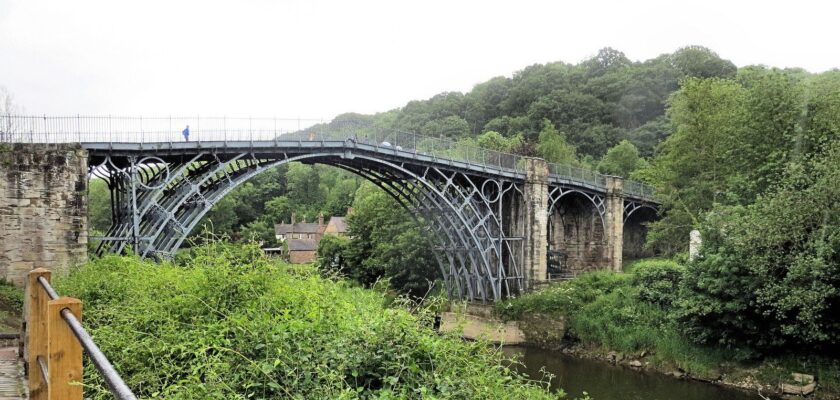The Iron Bridge
The Iron Bridge at Ironbridge is the first metal arch bridge in the world, a monument to the 18th century Industrial Revolution and is located in the English county of Shropshire. The bridge structure across the River Severn was erected in 1779. The nearby settlement and gorge were named in its honor. Since 1986, the Cast Iron Bridge has been listed as a UNESCO World Heritage Site. In addition to it, the historic industrial district includes old mines, blast furnaces, workers’ dwellings, a railroad, and factories that produced porcelain wares and decorative ceramic tiles.
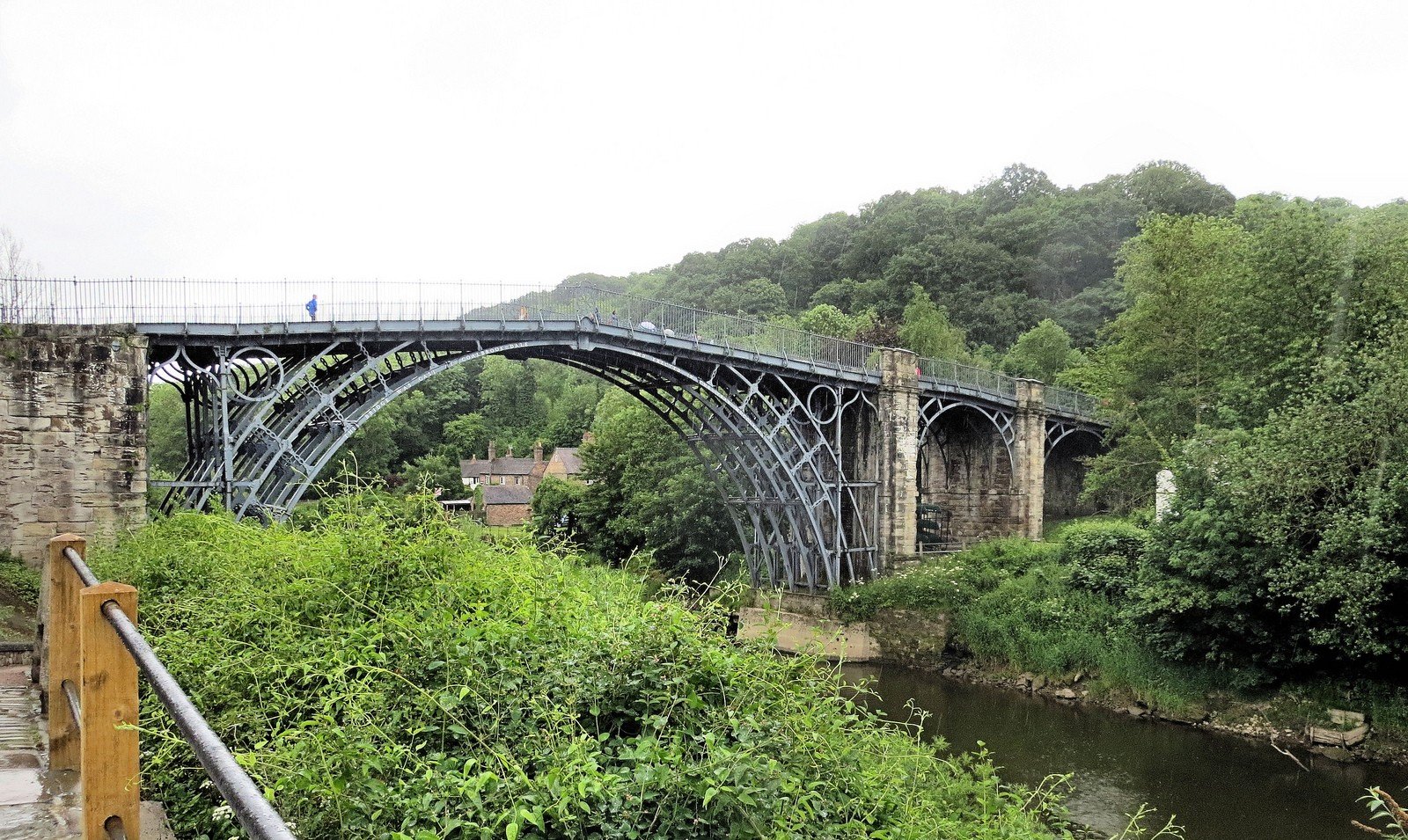
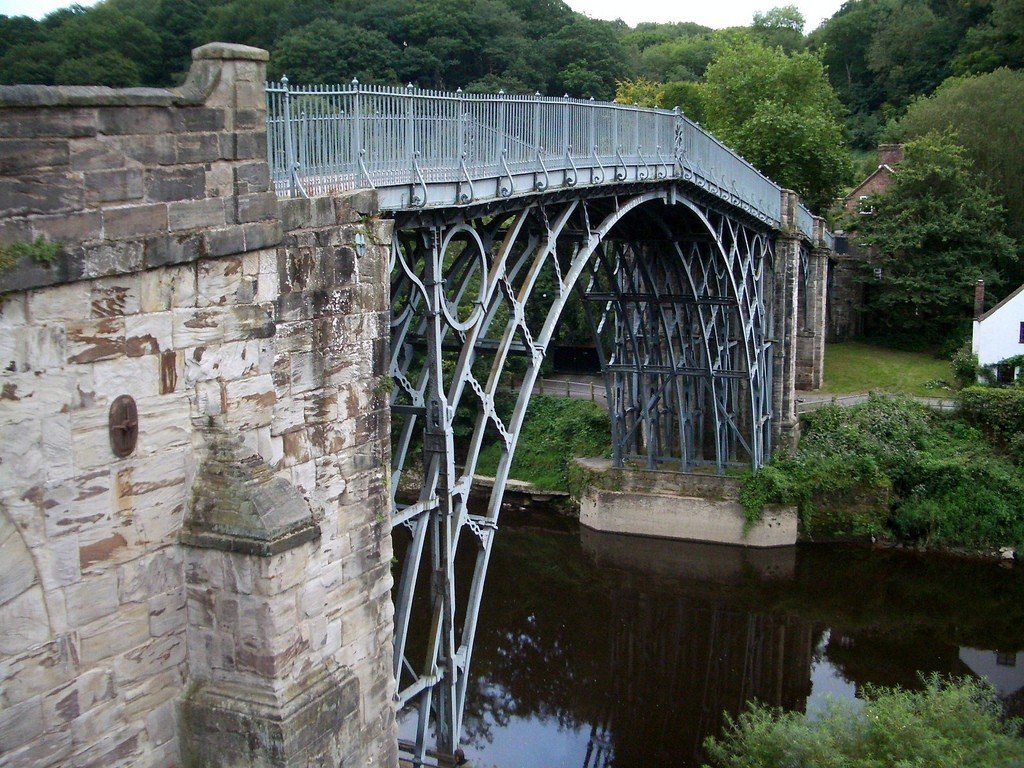
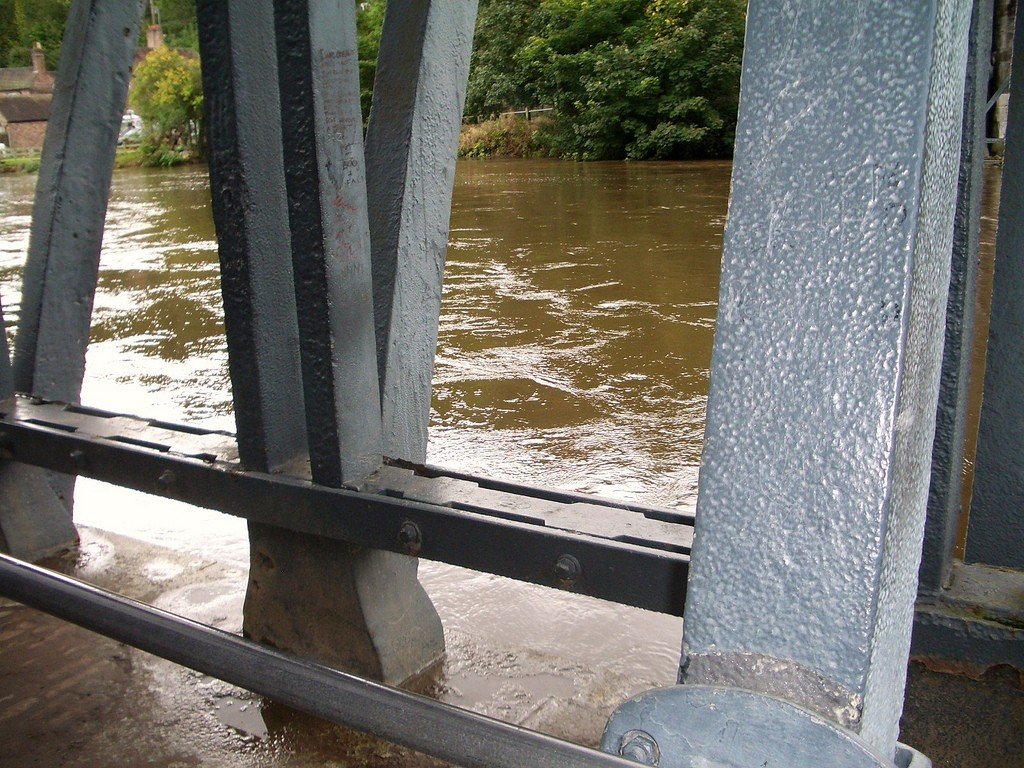
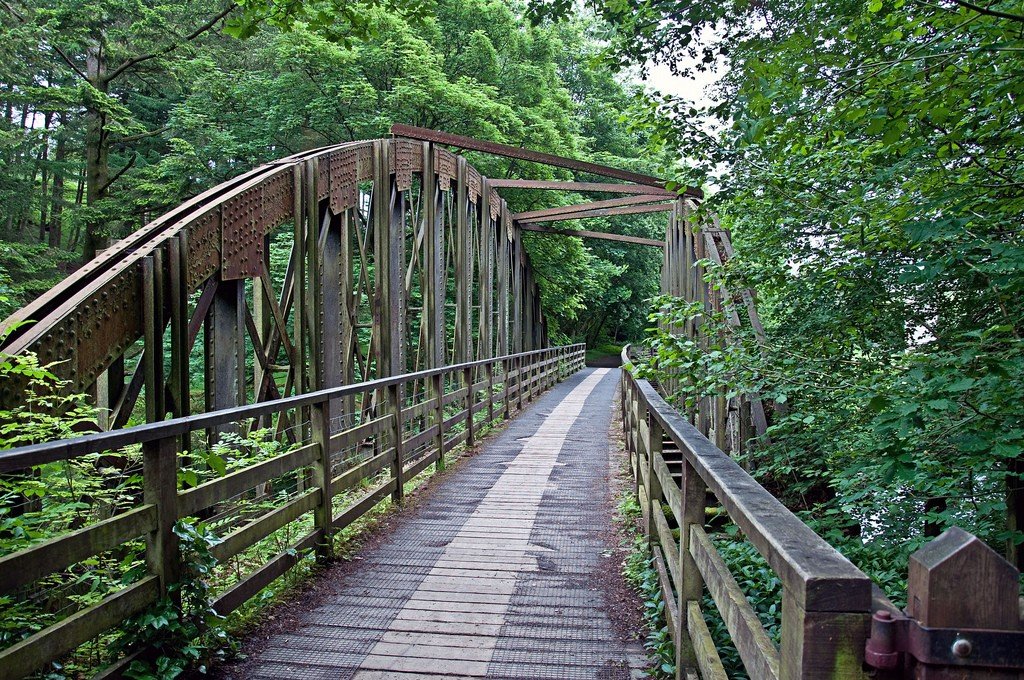
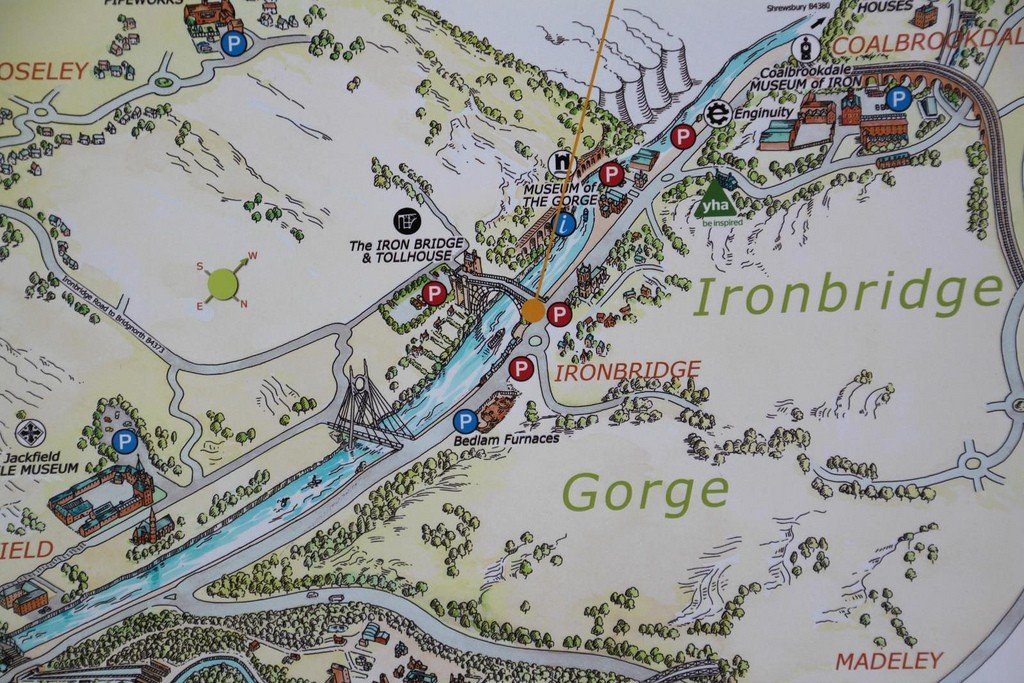
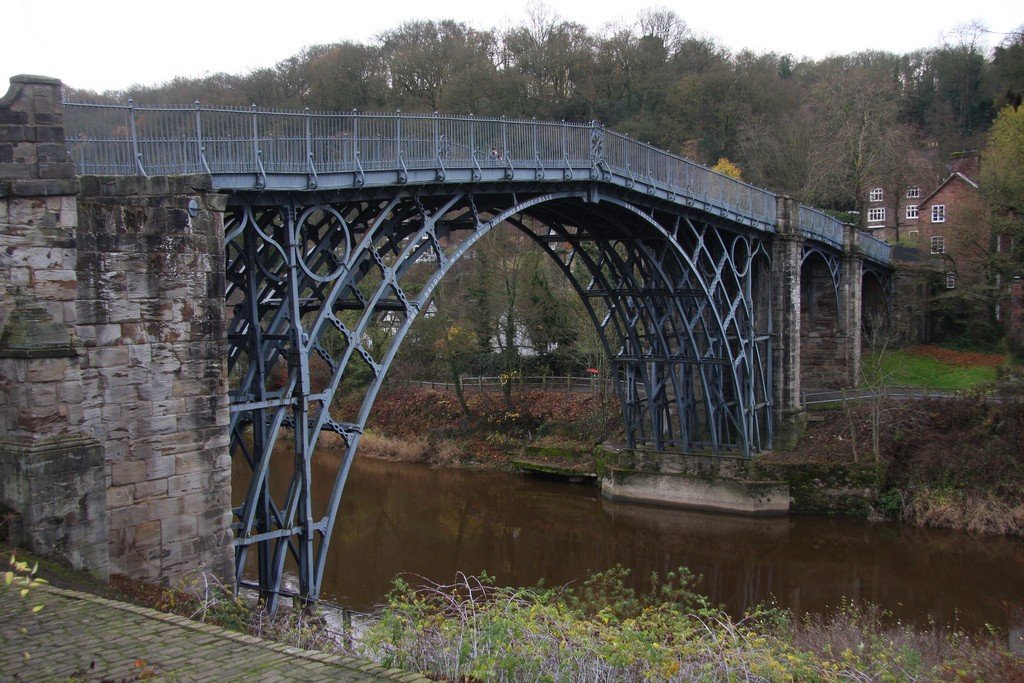
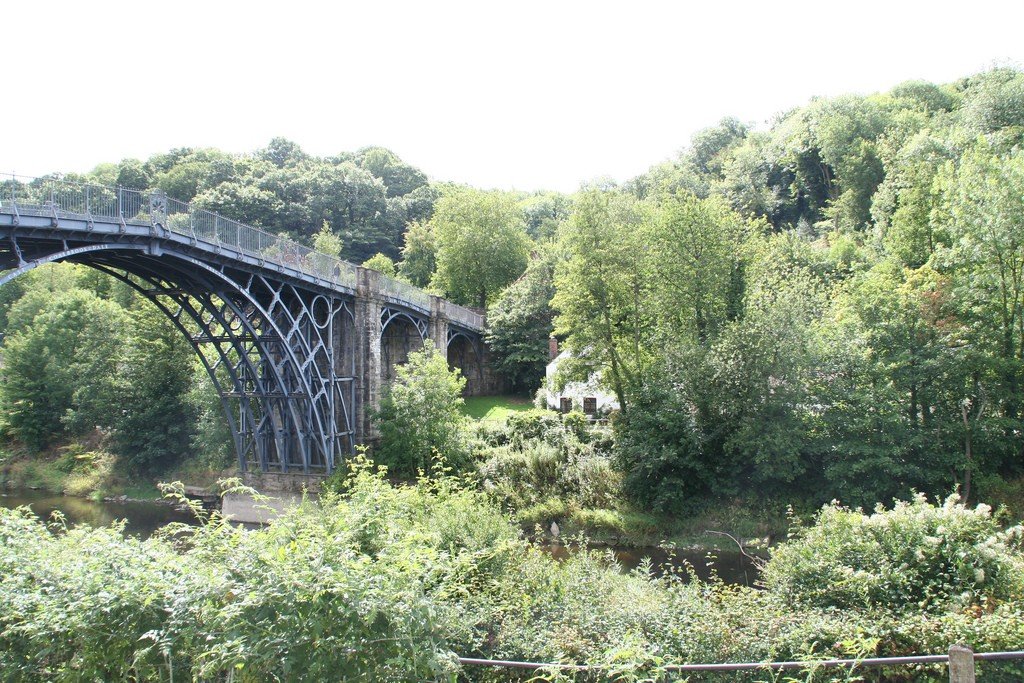
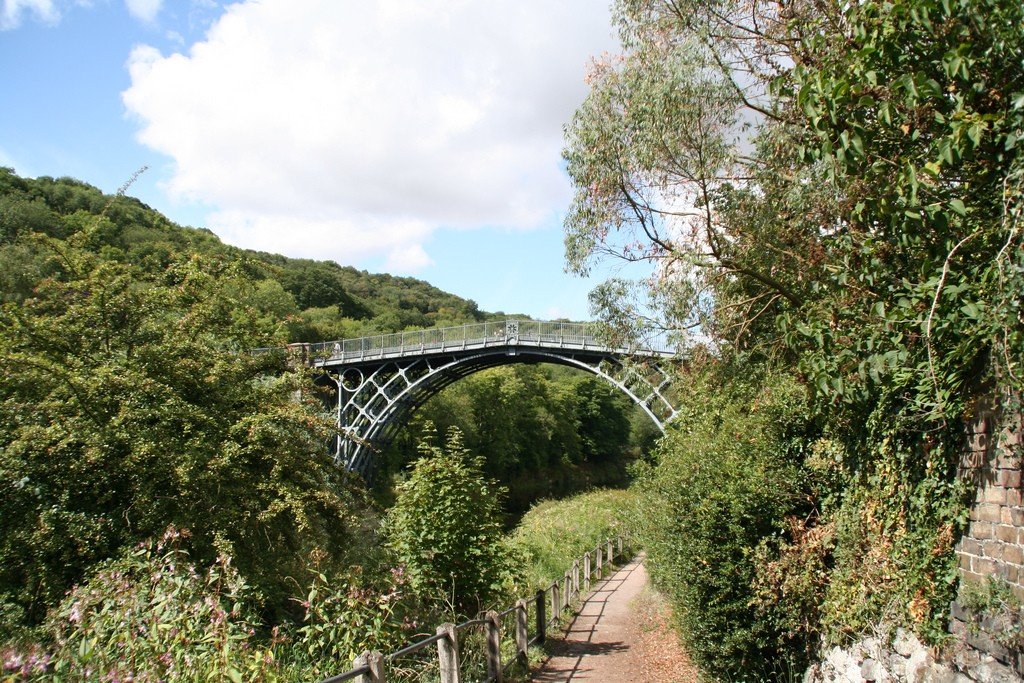
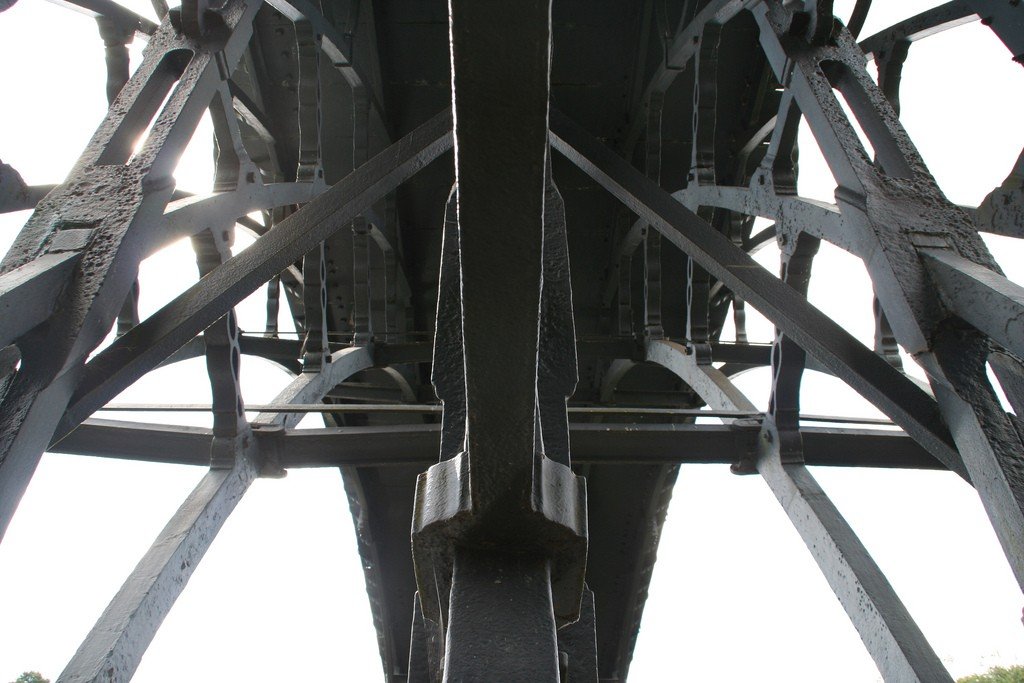
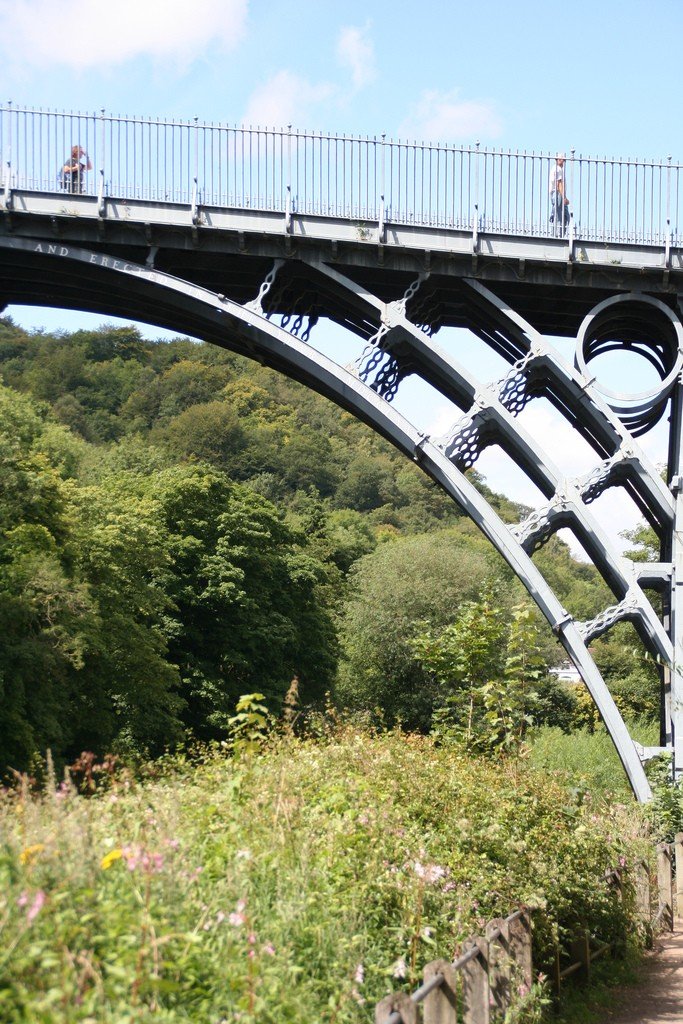
Video: cast iron bridge to Ironbridge
Highlights
Ironbridge is 60 m long and 13.7 m high. The central span spans 30.5 meters. The structure consists of 800 parts and 379 tons of cast iron were used to make it. The cast iron bridge was the first of its kind, so it was assembled using traditional carpentry techniques. Dovetail or tongue and groove joints were used for the individual parts of the frame, and the rib halves and the top of the arch span were bolted together.
.Ironbridge became a model for new bridge structures in England. Using the experience gained, at the end of the XVIII – early XIX century in the country built several more bridges, and their construction required less cast iron. In 1934 it was decided to preserve the bridge for history. The traffic on it was stopped, and the place was declared a monument to the industrialization of the country. These days, near the Iron Bridge, the Iron Bridge Tollhouse museum is open on the right bank of the river, telling the story of the industrial development of the Severn Valley in the seventeenth and nineteenth centuries.
.History of the construction of the Iron Bridge
In the area of Cast Iron Bridge, the banks of the Severn have a distinctive reddish hue. The reason for this is the rich supply of hematite or red ironstone from which pig iron is smelted. Due to the abundance of minerals, from the 17th century onwards, the landscape in the gorge began to change, becoming more and more industrialized. In 1709, in the village of Colebrookdale, Abraham Darby I invented the technology for the industrial use of coke. Several factories were opened here, and the population of the area grew rapidly.
.
In the early 18th century there were only ferry crossings across the River Severn. These were insufficient for the transportation of industrial goods, so the question of building a new bridge, and one that would not interfere with navigation on the river, became acute. The initiative to build an arch bridge came from the English architect Thomas Pritchard. Since 1755 in Shropshire there were blast furnaces of the inventor and steelmaker John Wilkinson, so the architect made a proposal to cast parts from expensive cast iron..
The basic design of the structure was ready in 1775, but two years later, when construction of Ironbridge had just begun, Pritchard died. The owner of the iron foundry, Abraham Darby III, took charge of all the work. The business was completely unfamiliar, and to manufacture large parts of the bridge structure, had to develop fundamentally new engineering solutions. Funding for the construction was secured by issuing shares and the missing £3,200 was added by Darby himself. Nevertheless, the final cost of the project was much higher than estimated, the owner of the factory had large losses and many years to pay debts.
.
The cast iron bridge was assembled in the summer of 1779 and was in use by early 1781. In the early 19th century it was noticed that Ironbridge was covered in cracks, caused by metal stress caused by ground movement and stone piers. The bridge began to be repaired, and in 1821 the abutment on the south side was replaced with a lighter one made of cast iron.
.How to get there
Cast Iron Bridge is located 50 km northwest of Birmingham, and the town of Telford, which is 242 km away from the capital of England. There are direct trains from London twice a day to here. Alternatively, Telford can be reached by trains connecting to Wolverhampton.
.